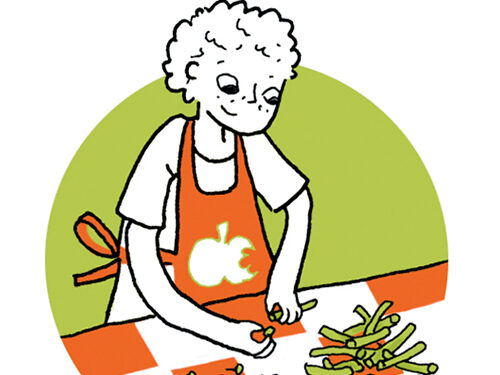The treatment of your disease
The treatment is mainly based on a specific diet, possibly combined with drug treatments (co-factors or purifiers).
Goals of the treatment
The goals to be achieved are the same regardless of the disease:
- Ensure normal growth in weight, height, head circumference and nutritional status;
- To obtain normal psychomotor acquisitions;
- To have a good metabolic balance in continuity;
- To prevent acute decompensation (non-existent for phenylketonuria), by avoiding any period of catabolism (degradation of one’s own proteins and release of Amino Acids).
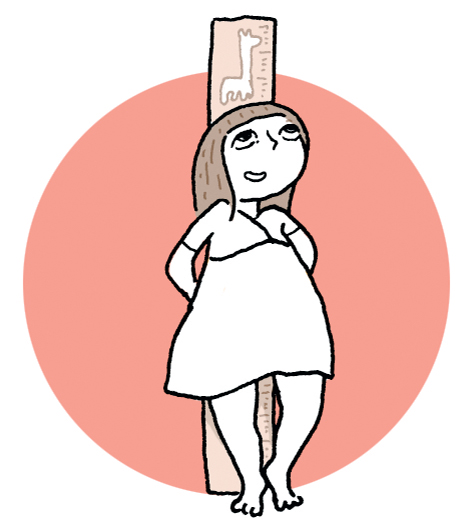
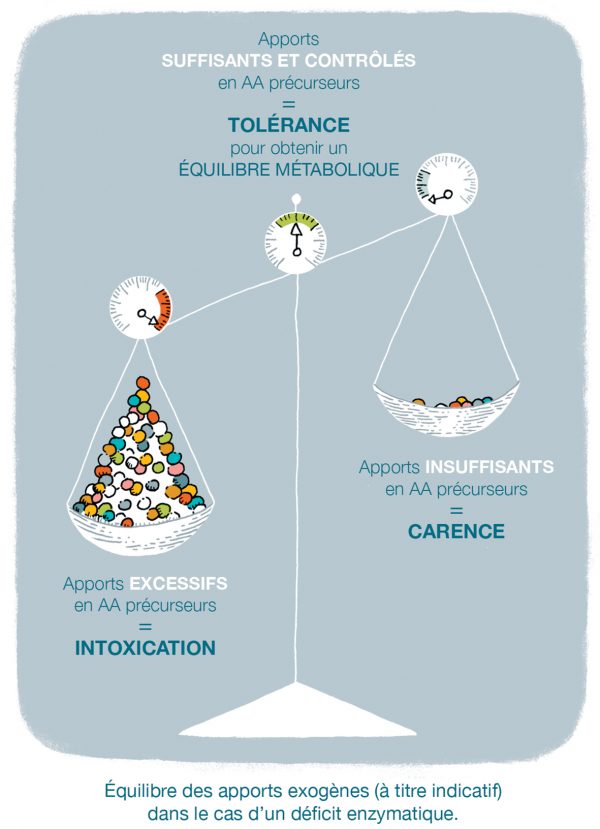
Principle of dietary treatment
The principle of dietary treatment is to provide a diet limited in the amino acidAmino acids are molecules that combine to form proteins. 20 amino acids make up the proteins of the human body. Of these, 8 are essential (our body cannot synthesise them, they must be supplied by the diet): isoleucine, leucine, lysine, methionine, phenylalanine, threonine, tryptophan, valine.
Arginine and histidine are semi-indispensable. In fact, only infants need to take them from their food.
Cysteine, glycine and tyrosine may be indispensable for certain populations whose metabolismThe metabolism is all the chemical reactions of a living organism. It also includes the associated exchanges of energy. is deficient, while providing sufficient quantities of the other nutrientsA nutrient is a substance provided by food that ensures the development and maintenance of the body. Proteins, carbohydrates, fats, vitamins, minerals and trace elements are nutrients., i.e. the other amino acids, carbohydrates and lipids, vitamins and mineralsA mineral is an inorganic substance present in the human body.
Whether naturally formed or not, the mineral is defined by its chemical composition and the arrangement of its atoms. The term mineral is used when the body of a man weighing 70 kg contains more than 5 g of the element. The main minerals are: calcium, sodium, magnesium, phosphorus, and potassium.. This treatment will therefore be based on :
- A drastic restriction of dietary protein intake (and therefore of exogenous amino acids) to avoid intoxication. This is a restriction and not a total elimination of protein because natural foods must provide the limited amino acidAmino acids are molecules that combine to form proteins. 20 amino acids make up the proteins of the human body. Of these, 8 are essential (our body cannot synthesise them, they must be supplied by the diet): isoleucine, leucine, lysine, methionine, phenylalanine, threonine, tryptophan, valine.
Arginine and histidine are semi-indispensable. In fact, only infants need to take them from their food.
Cysteine, glycine and tyrosine may be indispensable for certain populations in the amount necessary to cover the minimum requirements for growth and protein turnover in the body. A totally protein-free diet would not allow for normal growth, but would lead to deficiencies in precursor amino acids. These nutrientsA nutrient is a substance provided by food that ensures the development and maintenance of the body. Proteins, carbohydrates, fats, vitamins, minerals and trace elements are nutrients. are essential because our body cannot produce them. They must be sufficient for proper growth; - Supplementation with a mixture of essential amino acids without the toxic amino acid(s) (depending on the disease and the clinical condition) to cover the need for the other essential amino acids (whose supply from the diet is limited by protein restriction) and to allow protein synthesis;
- A normal energy intake (carbohydrates and lipids) but to be rebalanced and/or compensated for due to the suppression of a large number of foods;
- A normal intake of other non-energy nutrientsA nutrient is a substance provided by food that ensures the development and maintenance of the body. Proteins, carbohydrates, fats, vitamins, minerals and trace elements are nutrients. (mineralsA mineral is an inorganic substance present in the human body.
Whether naturally formed or not, the mineral is defined by its chemical composition and the arrangement of its atoms. The term mineral is used when the body of a man weighing 70 kg contains more than 5 g of the element. The main minerals are: calcium, sodium, magnesium, phosphorus, and potassium., vitamins, trace elements) corresponding to the needs of your child at a given age.
In practice
This implies knowledge of the composition of foods and a choice of foods. It is usual to classify foods into groups. Foods in the same group have the same nutritional characteristics.
A child with an enzymeAn enzyme is a protein (or in certain cases an RNA) which catalyses (speeds up) a metabolic reaction. deficiency will not be able to eat all the food groups in his or her daily diet, otherwise he or she will be poisoned. Foods will therefore be classified into :
-
FORBIDDEN FOODS
This includes most foods of animal origin (meat, fish, eggs, milk and dairy products) and some foods of plant origin, particularly cereals and foods derived from them (bread, cakes, etc.), as these foods are rich in protein.
However, they are sometimes allowed in controlled amounts in certain circumstances. For example, in the first months of life, natural protein is provided in the form of milk. Finally, certain mild forms of the disease sometimes allow these foods in controlled amounts.
For some of these foods, there are artificial substitute foods that allow a seemingly varied diet to be maintained without increasing the protein intake. These foods will be discussed further below.
-
RESTRICTED FOODS
These are natural foods that will provide the necessary amount of the amino acidAmino acids are molecules that combine to form proteins. 20 amino acids make up the proteins of the human body. Of these, 8 are essential (our body cannot synthesise them, they must be supplied by the diet): isoleucine, leucine, lysine, methionine, phenylalanine, threonine, tryptophan, valine.
Arginine and histidine are semi-indispensable. In fact, only infants need to take them from their food.
Cysteine, glycine and tyrosine may be indispensable for certain populations that is being controlled. These foods are mainly fresh fruit and vegetables. To make it easier for you to count the amount of the amino acid(s) or protein(s) to be controlled, an equivalence system has been established according to the composition of the vegetables and fruits.Lists of vegetables (including potatoes) and fruits will be given to you, indicating a certain weight of vegetables and fruits for a fixed amount of the controlled amino acidAmino acids are molecules that combine to form proteins. 20 amino acids make up the proteins of the human body. Of these, 8 are essential (our body cannot synthesise them, they must be supplied by the diet): isoleucine, leucine, lysine, methionine, phenylalanine, threonine, tryptophan, valine.
Arginine and histidine are semi-indispensable. In fact, only infants need to take them from their food.
Cysteine, glycine and tyrosine may be indispensable for certain populations: this fixed amount is called PART or EQUIVALENT. This amount has been determined arbitrarily, but is now commonly accepted,1 Part = 20 mg of Phenylalanine. For other diseases, however, there is no consensus and the system of parts, expressed in milligrams of an amino acidAmino acids are molecules that combine to form proteins. 20 amino acids make up the proteins of the human body. Of these, 8 are essential (our body cannot synthesise them, they must be supplied by the diet): isoleucine, leucine, lysine, methionine, phenylalanine, threonine, tryptophan, valine.
Arginine and histidine are semi-indispensable. In fact, only infants need to take them from their food.
Cysteine, glycine and tyrosine may be indispensable for certain populations or in grams of natural protein, may vary from one health care team to another.You will gradually learn to “manipulate” these shares to obtain volumes corresponding to your child’s appetite while respecting his tolerance.
-
FOODS ALLOWED
They are almost protein-free, but provide energy in the form of sugars and fats.
Amino acidAmino acids are molecules that combine to form proteins. 20 amino acids make up the proteins of the human body. Of these, 8 are essential (our body cannot synthesise them, they must be supplied by the diet): isoleucine, leucine, lysine, methionine, phenylalanine, threonine, tryptophan, valine.
Arginine and histidine are semi-indispensable. In fact, only infants need to take them from their food.
Cysteine, glycine and tyrosine may be indispensable for certain populations mix: Because of the ban on almost all animal foods (because they are too rich in protein) and the restriction of certain plant foods, the diet is not only limited in the amino acid(s) that we want to control, but also in the other amino acids (whose metabolismThe metabolism is all the chemical reactions of a living organism. It also includes the associated exchanges of energy. is not deficient), with a risk of deficiency in these essential amino acids that can limit protein synthesis and therefore growth. The need for these other amino acids must therefore be supplemented with non-toxic amino acids.This supplement is given in the form of a specific mixture of amino acids (in powder or liquid form) that is free of the toxic amino acidAmino acids are molecules that combine to form proteins. 20 amino acids make up the proteins of the human body. Of these, 8 are essential (our body cannot synthesise them, they must be supplied by the diet): isoleucine, leucine, lysine, methionine, phenylalanine, threonine, tryptophan, valine.
Arginine and histidine are semi-indispensable. In fact, only infants need to take them from their food.
Cysteine, glycine and tyrosine may be indispensable for certain populations, and which will also usually provide the mineralsA mineral is an inorganic substance present in the human body.
Whether naturally formed or not, the mineral is defined by its chemical composition and the arrangement of its atoms. The term mineral is used when the body of a man weighing 70 kg contains more than 5 g of the element. The main minerals are: calcium, sodium, magnesium, phosphorus, and potassium., vitamins and trace elements that your child needs. It should be taken every day for life. This supplementation may be discussed for certain medical conditions. Low protein” substitute foods: Some companies manufacture or import protein-free foods that can “mimic” and/or “replace” the foods we usually eat, but which are too high in protein. These are called “Dietary foods for special medical purposes” (see table below).All these foods are essential for two reasons:
- for their energy content,
- but also to be able to establish menus that look more or less normal as your child grows.
These foods will be introduced gradually, as with any child, and will then allow you to make a variety of recipes, variety being the guarantee of a better acceptance of the diet and therefore of greater success in the long term.
| Food Groups | Can be “replaced” by low protein foods |
|---|---|
| Meat, fish, eggs | – Egg substitute |
| Milk and dairy products | – Special low protein drink – Drinkable dessert – Cheese slice substitute or cheese flavoured sauce |
| Starches | – Pasta, rice, semolina, vermicelli – Savoury and sweet biscuits – Bread, toast, crackers – Flour – Cereals |
| Sugar, sweet products | – Gelatin-free candies – “Chocolates” – Low protein bars, energy bars – Hazelnut spreads |
In practice, the diet is a “vegan” style diet consisting mainly of weighed fruits and vegetables, supplemented with low protein foods, with, depending on the pathology, the supplementation in the form of a mixture of amino acids with or without the toxic amino acid(s). This mixture usually contains mineralsA mineral is an inorganic substance present in the human body.
Whether naturally formed or not, the mineral is defined by its chemical composition and the arrangement of its atoms. The term mineral is used when the body of a man weighing 70 kg contains more than 5 g of the element. The main minerals are: calcium, sodium, magnesium, phosphorus, and potassium., vitamins and trace elements to replace those contained in the prohibited foods. If these are not provided by the previous diet, they will have to be added in the form of medication.
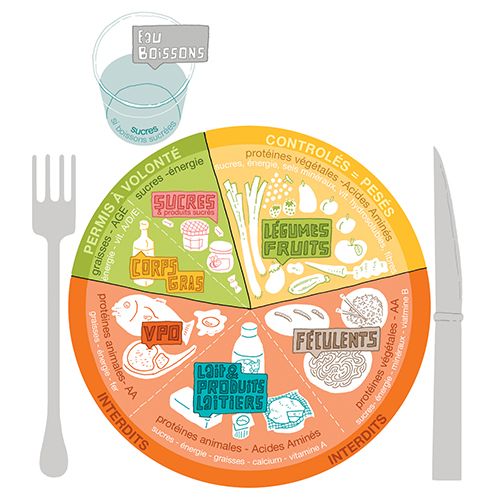
Co-factor and/or scavenger drugs
Medication may be proposed in some forms of these diseases. Cofactors, usually vitamins, increase the residual activity of the deficient enzymeAn enzyme is a protein (or in certain cases an RNA) which catalyses (speeds up) a metabolic reaction. and thus reduce the enzymeAn enzyme is a protein (or in certain cases an RNA) which catalyses (speeds up) a metabolic reaction. block (e.g. vitamin B12 in certain methylmalonic acidurias, BH4 in phenylketonuria, etc.). The purifiers enable the elimination of accumulated toxic products to be accelerated (e.g. carnitine in organic acidurias). The aim of these treatments is to improve the metabolic balance and/or to broaden your child’s diet. Unfortunately, these treatments are only very effective in certain rare forms of these diseases (sensitive to a cofactorAs its name indicates, a cofactor intervenes with other molecules (proteins, vitamins, etc.) during a reaction. Its presence may be essential for the process to run smoothly.).
More information on your treatment guide
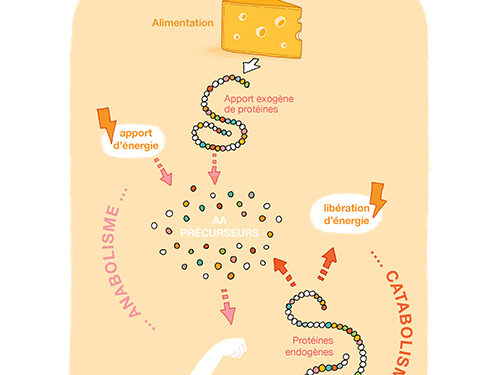
Arginine and histidine are semi-indispensable. In fact, only infants need to take them from their food.
Cysteine, glycine and tyrosine may be indispensable for certain populations catabolism

